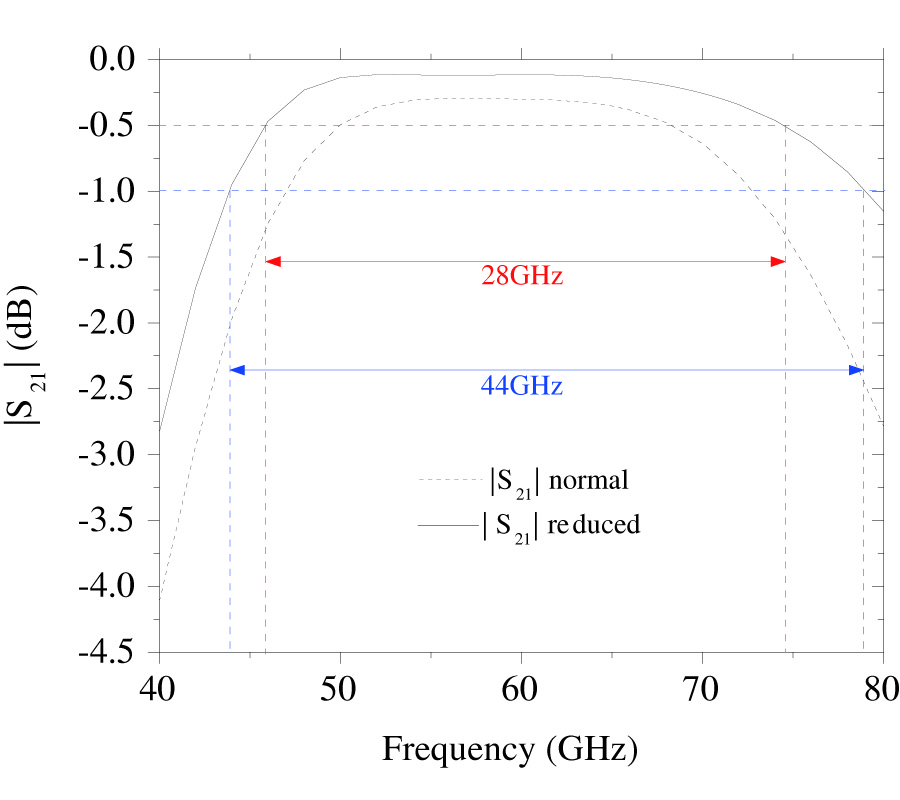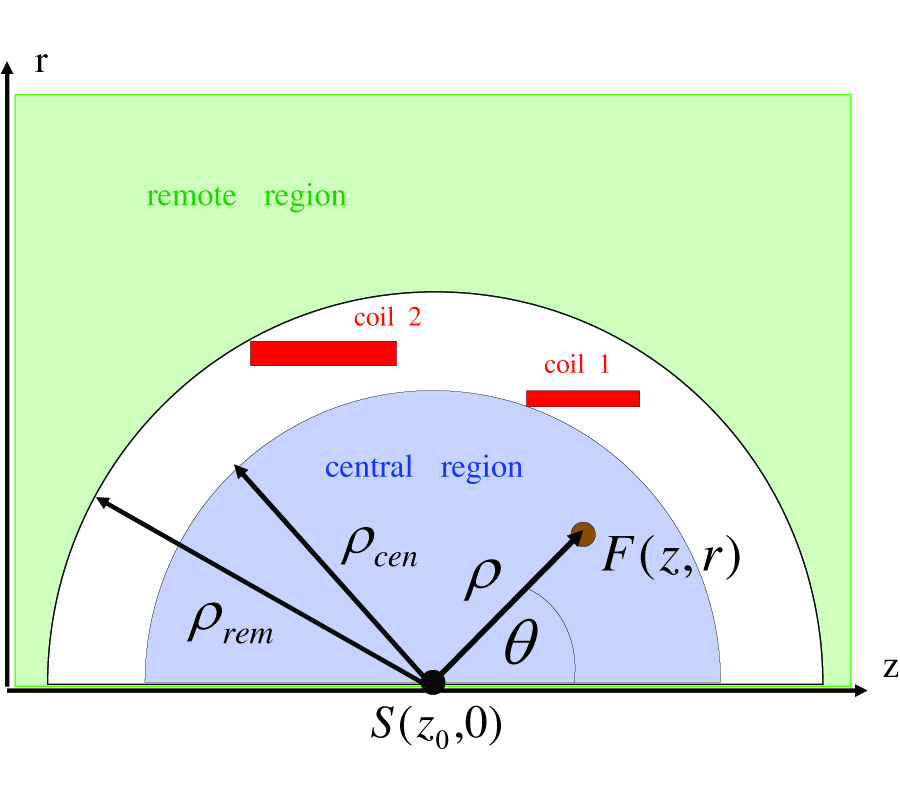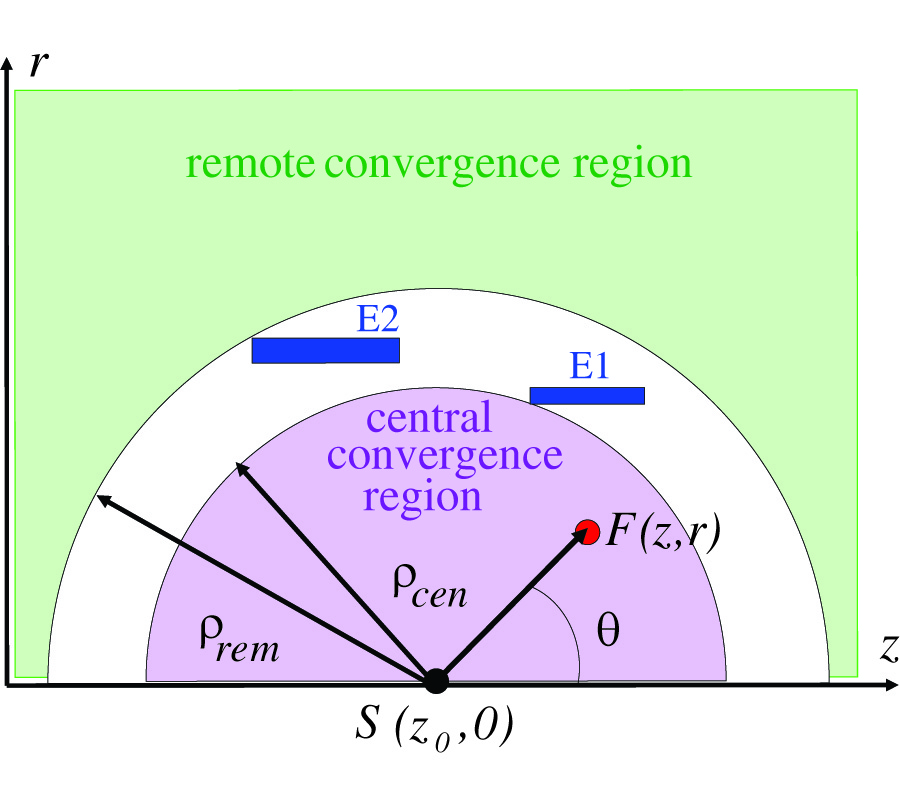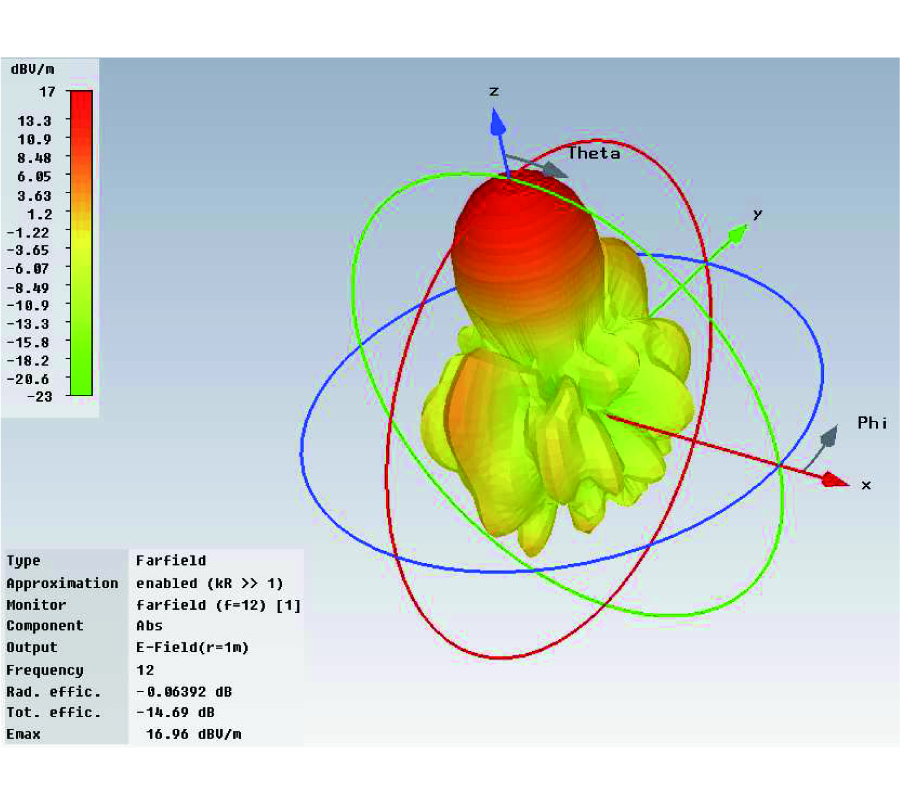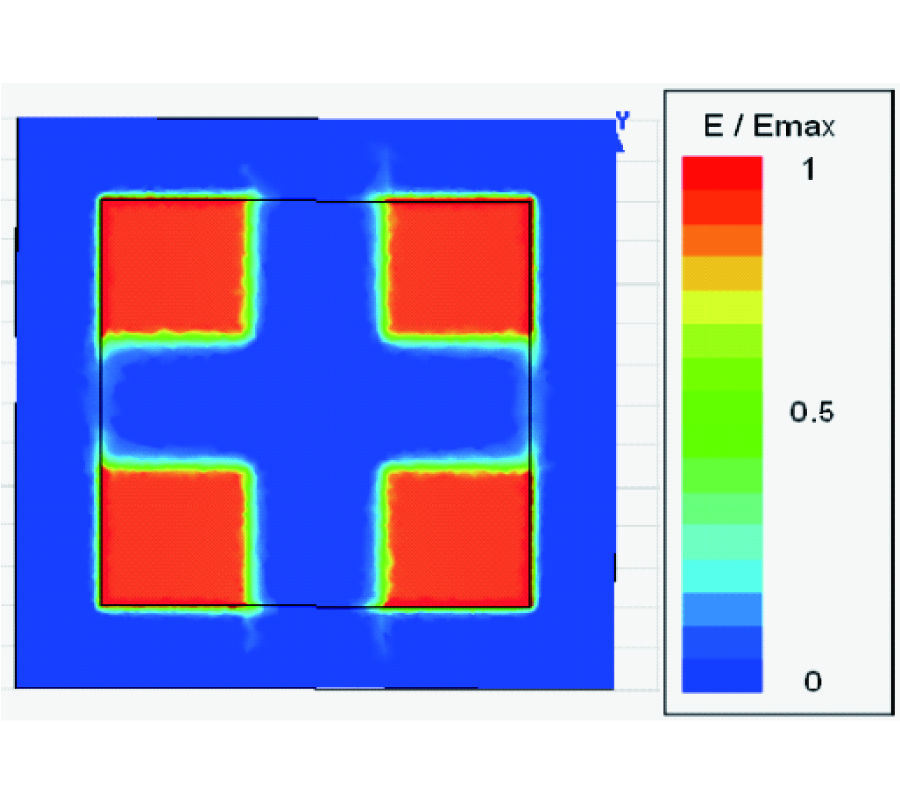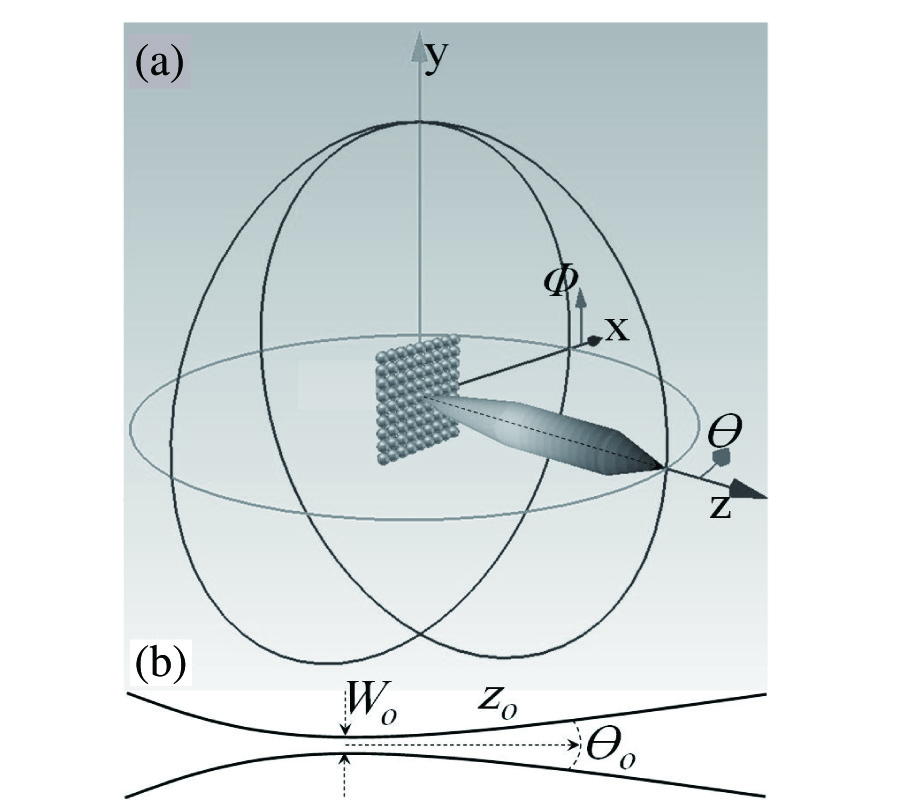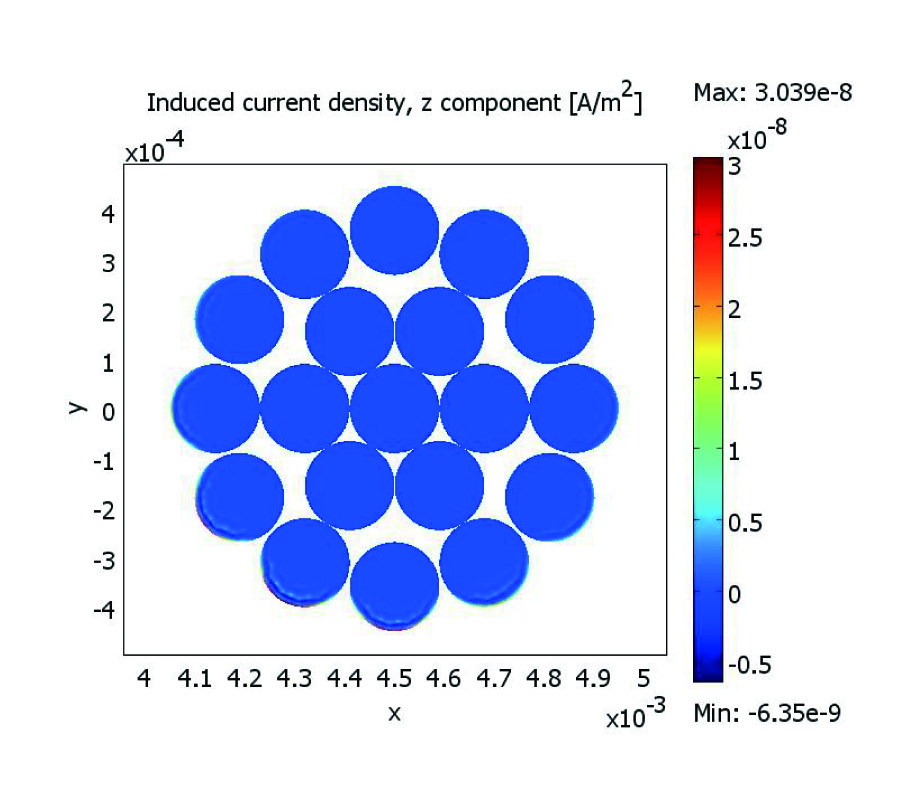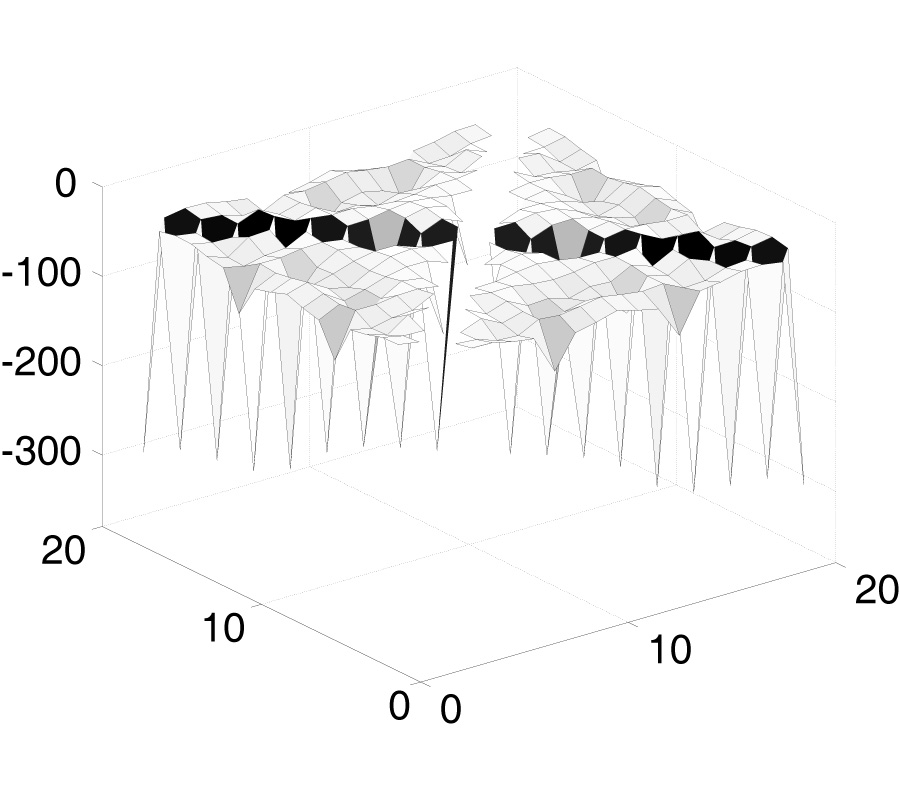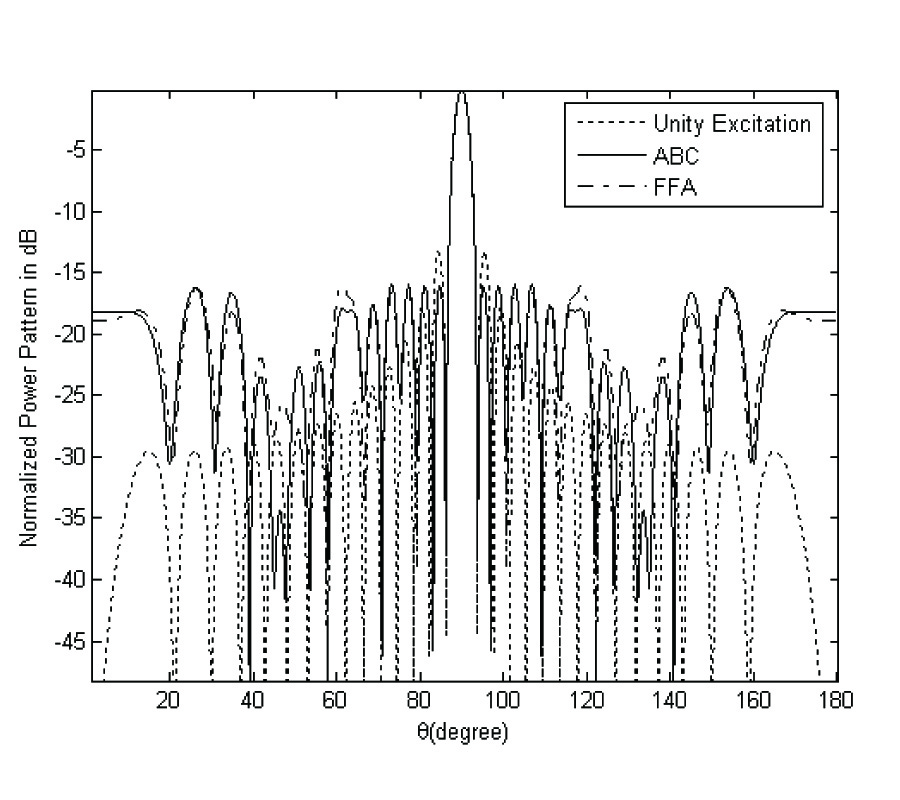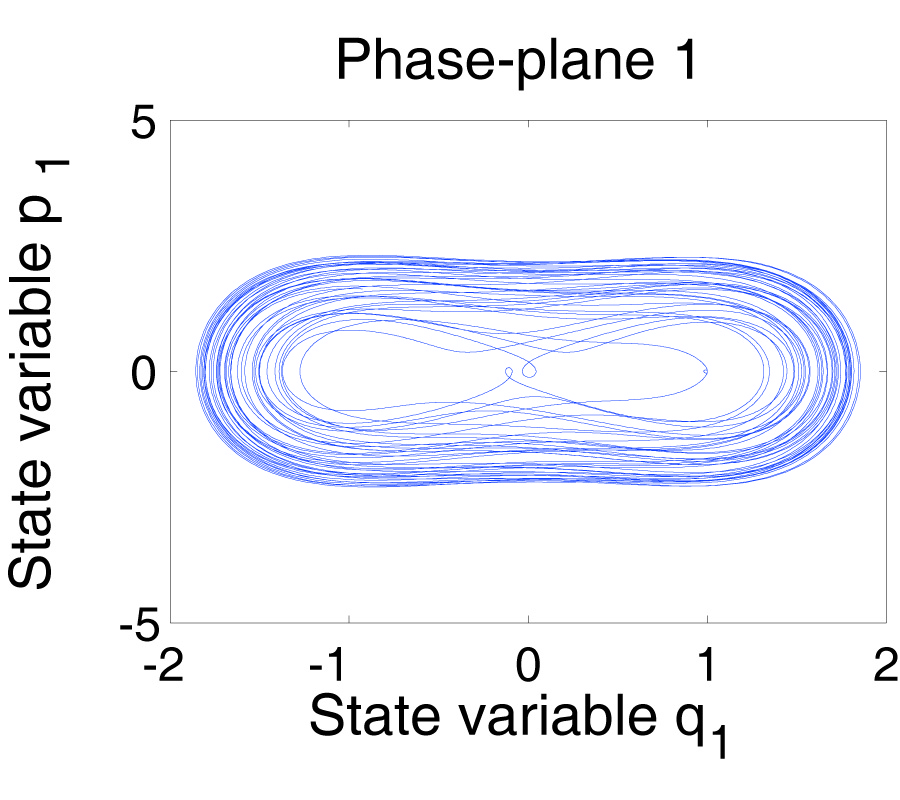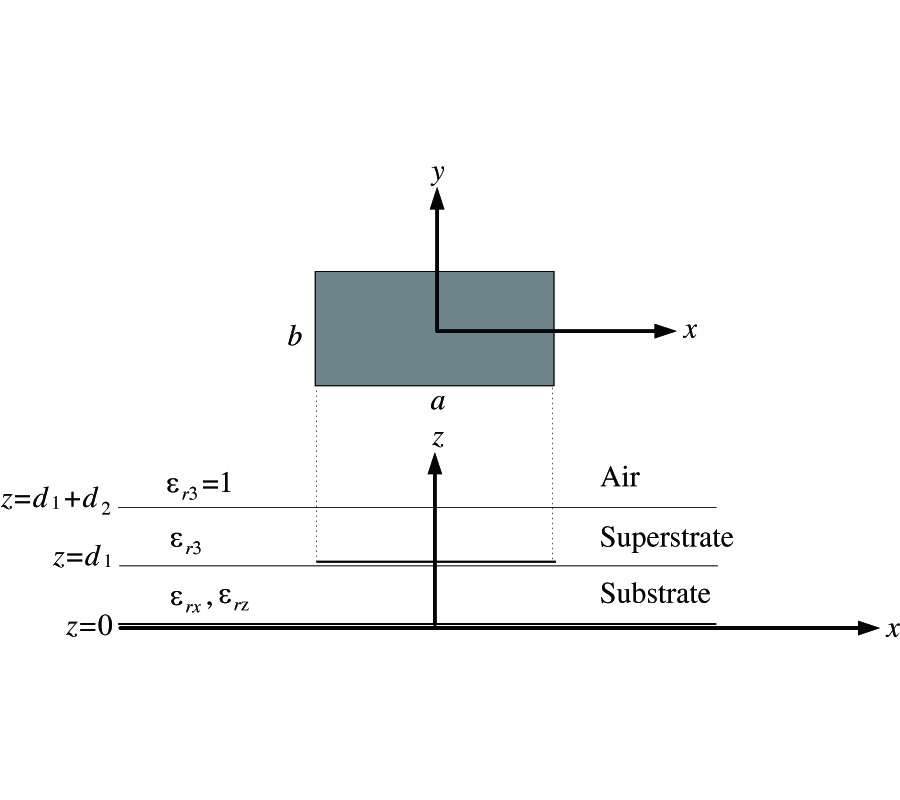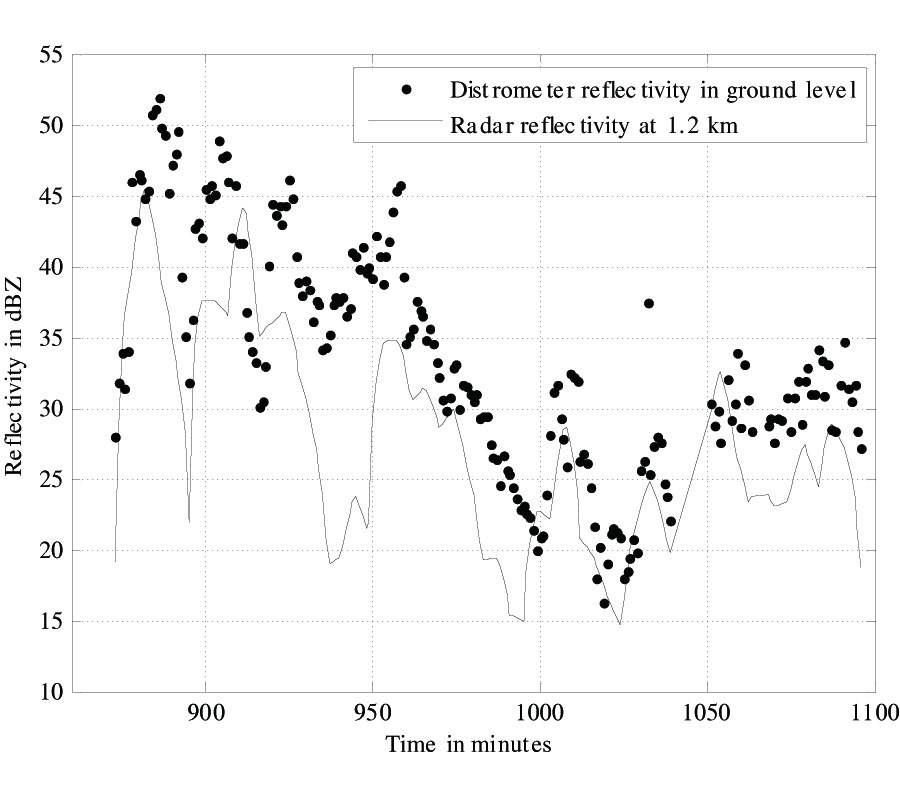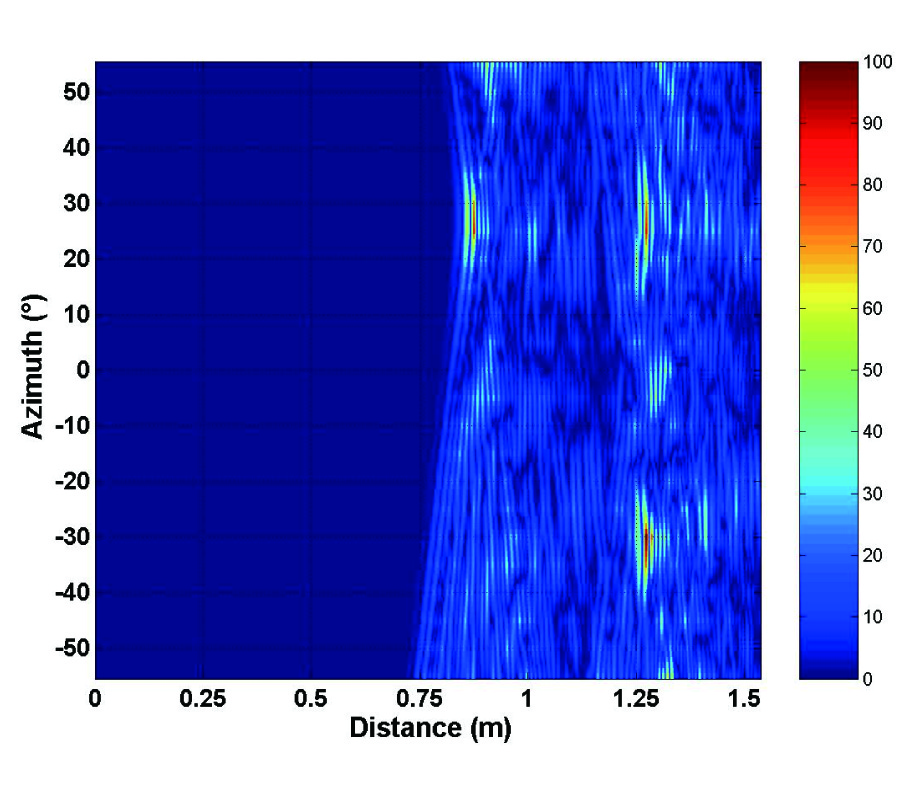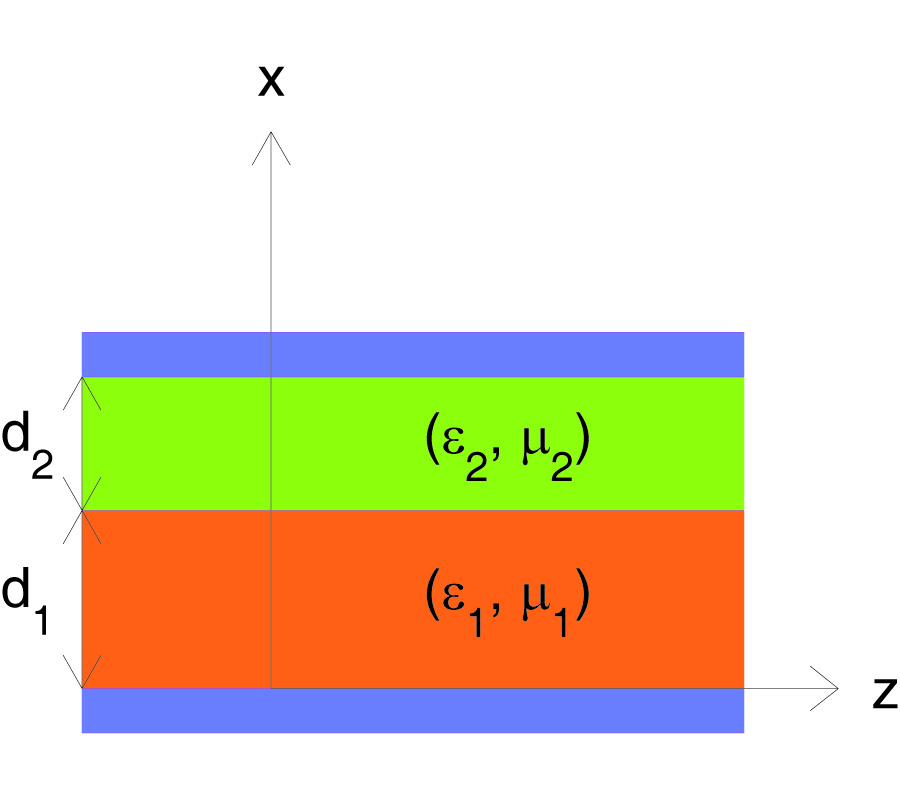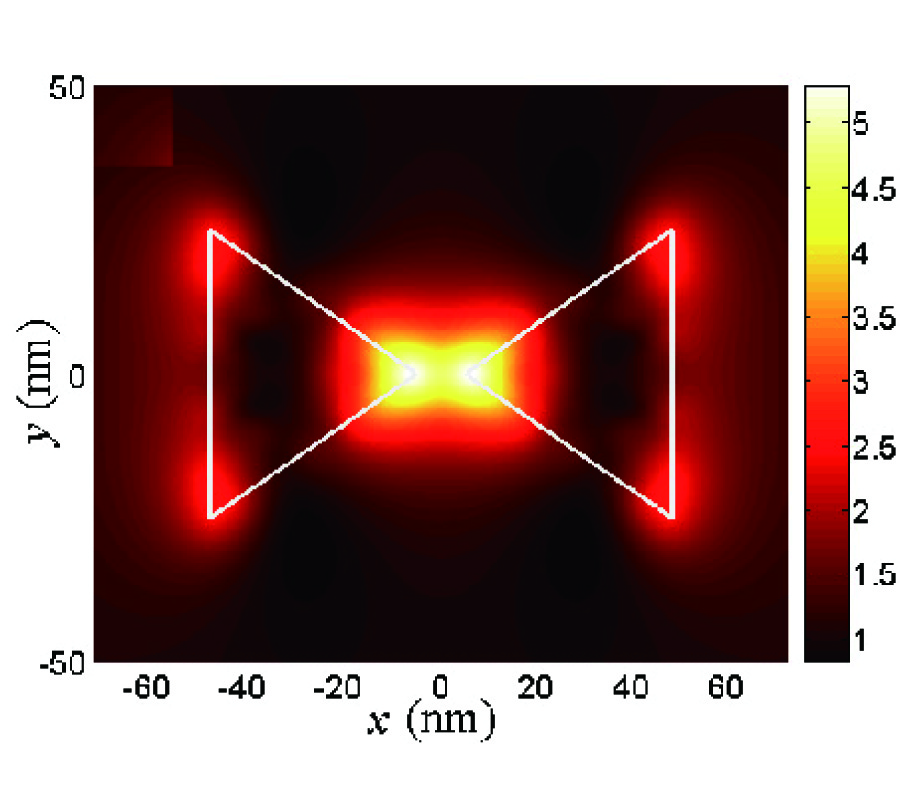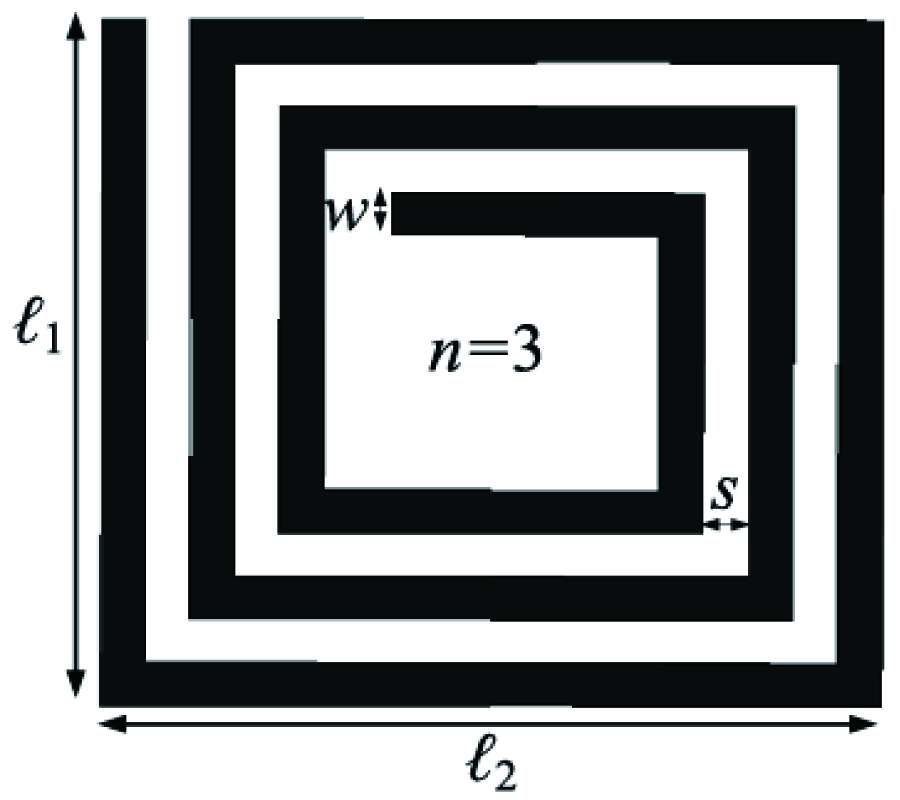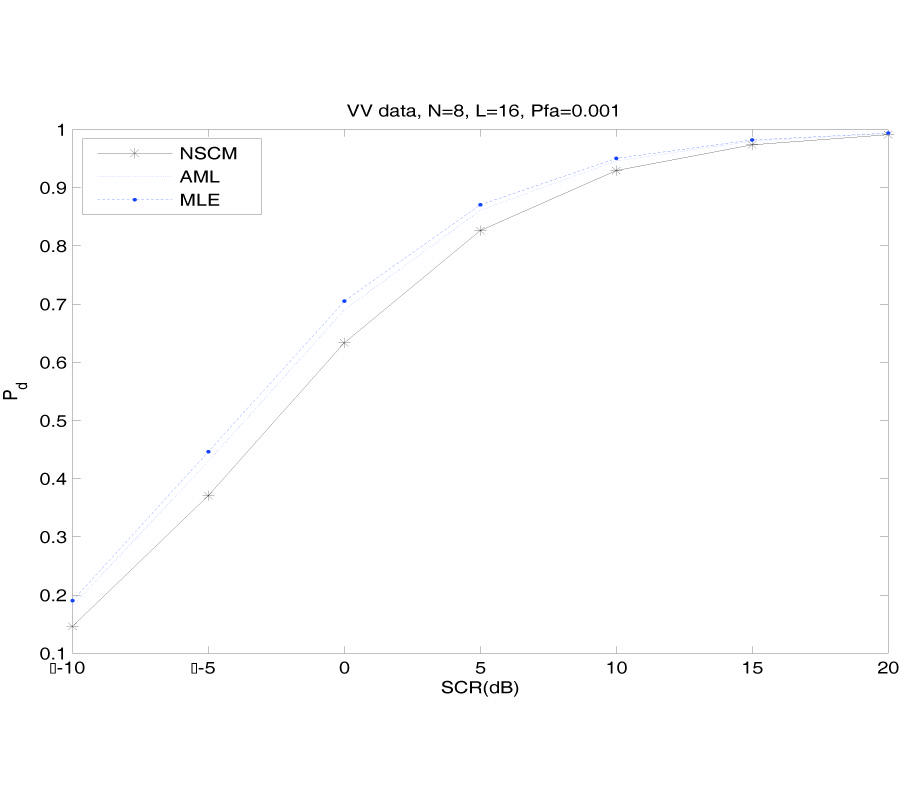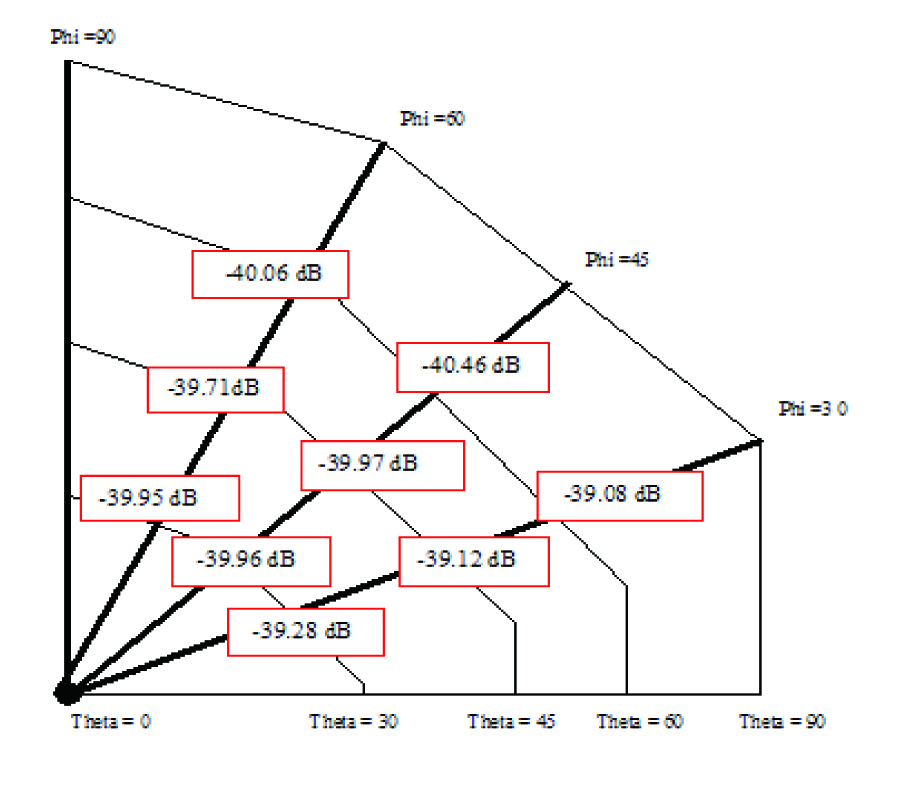Fresnel Lenses Based on Nano Shell-Silver Coated Silica Array for Solar Cells Applications
Taha Ahmed Elwi and
Hussain M. Al-Rizzo
Fresnel lenses are low-cost opcitical elements used for focusing sunlight to solar panels to ensure operation under high-flux density. However, the conventional Fresnel lens has a relatively high material usage and hence contributes to additional efficiency degradation. Moreover, traditional design of Fresnel lenses introduces additional prismatic facets, due to deviations in manufacturing, which reflect the light toward the back focal spot, leading to additional losses. In this paper, Fresnel lenses based on finite arrays of Nano Shell-Silver Coated Silica (NSSCS) are proposed to overcome the aforementioned drawbacks from infrared regime through the visible band to the ultraviolet region. To identify reflection losses, material losses of the NSSCS array and rejection bands due to the NSSCS array arrangement, three unique electromagnetic (EM) approaches are invoked: Frequency Selective Surfaces (FSS) to determine reflection bands, Metamaterial (MTM) to specify material losses and Electromagnetic Band Gap (EBG) to locate the rejection band. The EM characteristics of the NSSCS array are evaluated for wavelengths ranging from 0.3 μm to 300 μm, using CST MicroWave Studio (CST MWS), which is based on the Finite Integration Technique (FIT). It is found that the NSSCS array exhibits excellent transmittance within two bands, one from 545 nm to 857 nm and the other from 444.5 nm to 480 nm, for angles ranging from 0o to 180o along the azimuth and elevation. The effective refractive index (neff spectra showed that the NSSCS array does not provide a negative for its real (neff part over the considered wavelength band. The imaginary part of (neff value is found to be almost insignificant, between 0.857 μm to 1.714 μm and 316 nm to 414 nm and lossy elsewhere. In general, the NSSCS array shows no specific stop band over the considered frequency region. Fresnel lenses based on a 9×9 NSSCS array configuration with planar, concave and convex profiles are presented in this paper. The beam width and power density of the emerged beams are evaluated at different wavelengths for different lens sizes. In general, it is found that the power density spectrum is largely dependent on the imagery part of neff. Nevertheless, the beam width decreases by increasing the lens size, while it decays for wavelengths longer than 500 nm. The concave and convex profiles are introduced to further enhance beam width. The effects of increasing the lens size from 9×9 to 11×11 on the beam width are reported for the concave and convex profiles. It is found that the concave design provides almost a constant beam width at 666.7 nm, 461.5 nm and 316 nm with changing array size, while the convex design does not. Characteristics of the emerged EM beams, in terms of beam waist, depth of focus and phase retardation, are evaluated based on Gaussian optic formalisms for the 9×9 NSSCS array. It is found that the beam waist and the depth of focus for the flat profile vary from 334.03 nm to 387.90 nm and 105.16 nm to 285.65 nm, respectively. The beam waist changes from 365.12 nm to 381.41 nm, while the depth of focus changes from 125.65 nm to 289.45 nm for the convex profile. Finally, the beam waist changes from 313.36 nm to 318.19 nm, and the depth of focus changes from 925.49 nm to 201.45 nm for the concave profile.
